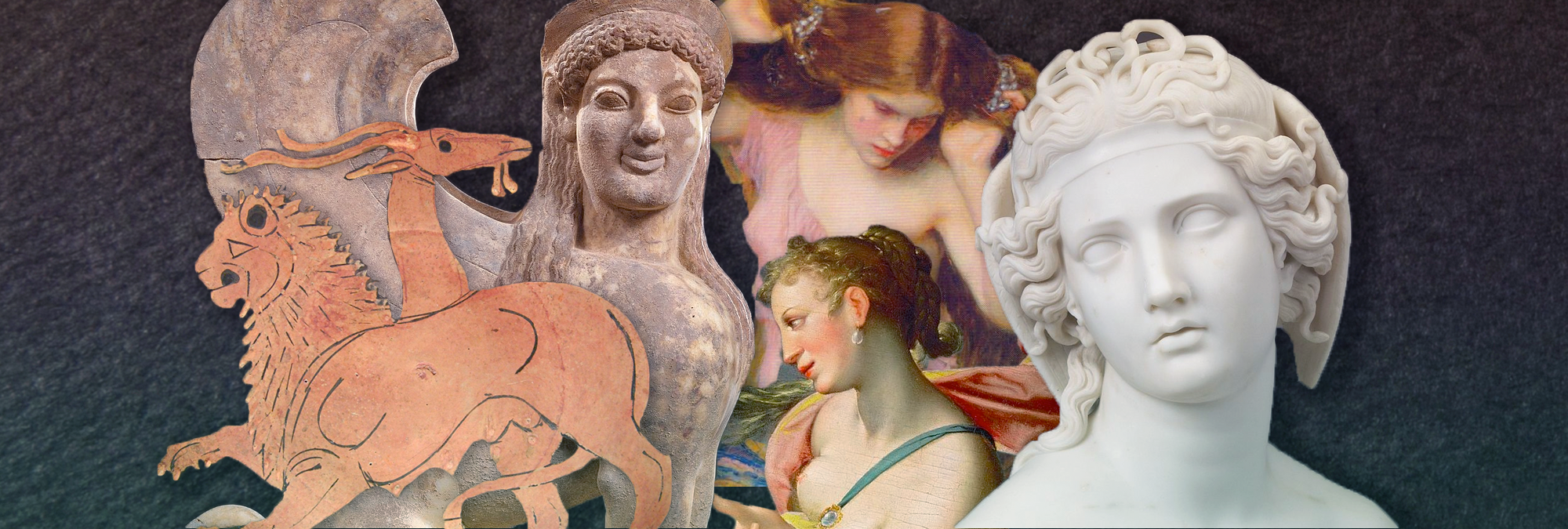

Perhaps none more than the dybbuk, the dislocated soul of someone deceased who has taken over a host body to complete unfinished business.

Jewish folklore has more than its fair share of creatures that will send chills down your spine. Or for something that’s less likely to keep you up at night, why not try Richelle Mead’s Vampire Academy for YA readers. Where to find one: For an oldie but a goodie, why not start with Bram Stoker’s Dracula? For something more contemporary, give Justin Cronin’s The Passage a go. Often a metaphor for the dangers of sexual desire, vampires have remained firmly in the cultural consciousness for over a hundred and fifty years. Though their portrayals will vary across culture - from brooding sexy ones in Twilight and Anne Rice novels to terrifying monstrous Count Orlok in Nosferatu - there are a few things that remain the same: vampires feed on the living to remain immortal, they avoid sunlight, and their hearts are vulnerable to sharp objects - you know, just like you and me. He’s been teaching children to distrust clowns and to run straight home from school since 1986. Where to find one: Pennywise from Stephen King’s It is our generation’s bogeyman of choice. A bogeyman might be an actual human (in one of the tales of Struwwelpeter, a tailor cuts off a boy's thumbs because he sucks them too much), but in most cases, it’s a supernatural force of some type. The bogeyman can take many forms, but their purpose remains constant: to scare the living daylights out of children and coerce them into good behavior. Which mythical creature would be your animal sidekick?


 0 kommentar(er)
0 kommentar(er)
